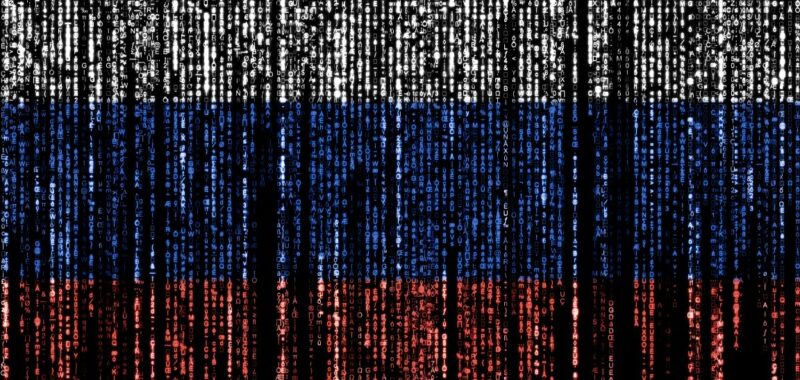“Microsoft assesses that Secret Blizzard either used the Amadey malware as a service (MaaS) or accessed the Amadey command-and-control (C2) panels surreptitiously to download a PowerShell dropper on target devices,” Microsoft said. “The PowerShell dropper contained a Base64-encoded Amadey payload appended by code that invoked a request to Secret Blizzard C2 infrastructure.”
The ultimate objective was to install Tavdig, a backdoor Secret Blizzard used to conduct reconnaissance on targets of interest. The Amdey sample Microsoft uncovered collected information from device clipboards and harvested passwords from browsers. It would then go on to install a custom reconnaissance tool that was “selectively deployed to devices of further interest by the threat actor—for example, devices egressing from STARLINK IP addresses, a common signature of Ukrainian front-line military devices.”
When Secret Blizzard assessed a target was of high value, it would then install Tavdig to collect information, including “user info, netstat, and installed patches and to import registry settings into the compromised device.”
Earlier in the year, Microsoft said, company investigators observed Secret Blizzard using tools belonging to Storm-1887 to also target Ukrainian military personnel. Microsoft researchers wrote:
In January 2024, Microsoft observed a military-related device in Ukraine compromised by a Storm-1837 backdoor configured to use the Telegram API to launch a cmdlet with credentials (supplied as parameters) for an account on the file-sharing platform Mega. The cmdlet appeared to have facilitated remote connections to the account at Mega and likely invoked the download of commands or files for launch on the target device. When the Storm-1837 PowerShell backdoor launched, Microsoft noted a PowerShell dropper deployed to the device. The dropper was very similar to the one observed during the use of Amadey bots and contained two base64 encoded files containing the previously referenced Tavdig backdoor payload (rastls.dll) and the Symantec binary (kavp.exe).
As with the Amadey bot attack chain, Secret Blizzard used the Tavdig backdoor loaded into kavp.exe to conduct initial reconnaissance on the device. Secret Blizzard then used Tavdig to import a registry file, which was used to install and provide persistence for the KazuarV2 backdoor, which was subsequently observed launching on the affected device.
Although Microsoft did not directly observe the Storm-1837 PowerShell backdoor downloading the Tavdig loader, based on the temporal proximity between the execution of the Storm-1837 backdoor and the observation of the PowerShell dropper, Microsoft assesses that it is likely that the Storm-1837 backdoor was used by Secret Blizzard to deploy the Tavdig loader.
Wednesday’s post comes a week after both Microsoft and Lumen’s Black Lotus Labs reported that Secret Blizzard co-opted the tools of a Pakistan-based threat group tracked as Storm-0156 to install backdoors and collect intel on targets in South Asia. Microsoft first observed the activity in late 2022. In all, Microsoft said, Secret Blizzard has used the tools and infrastructure of at least six other threat groups in the past seven years.

